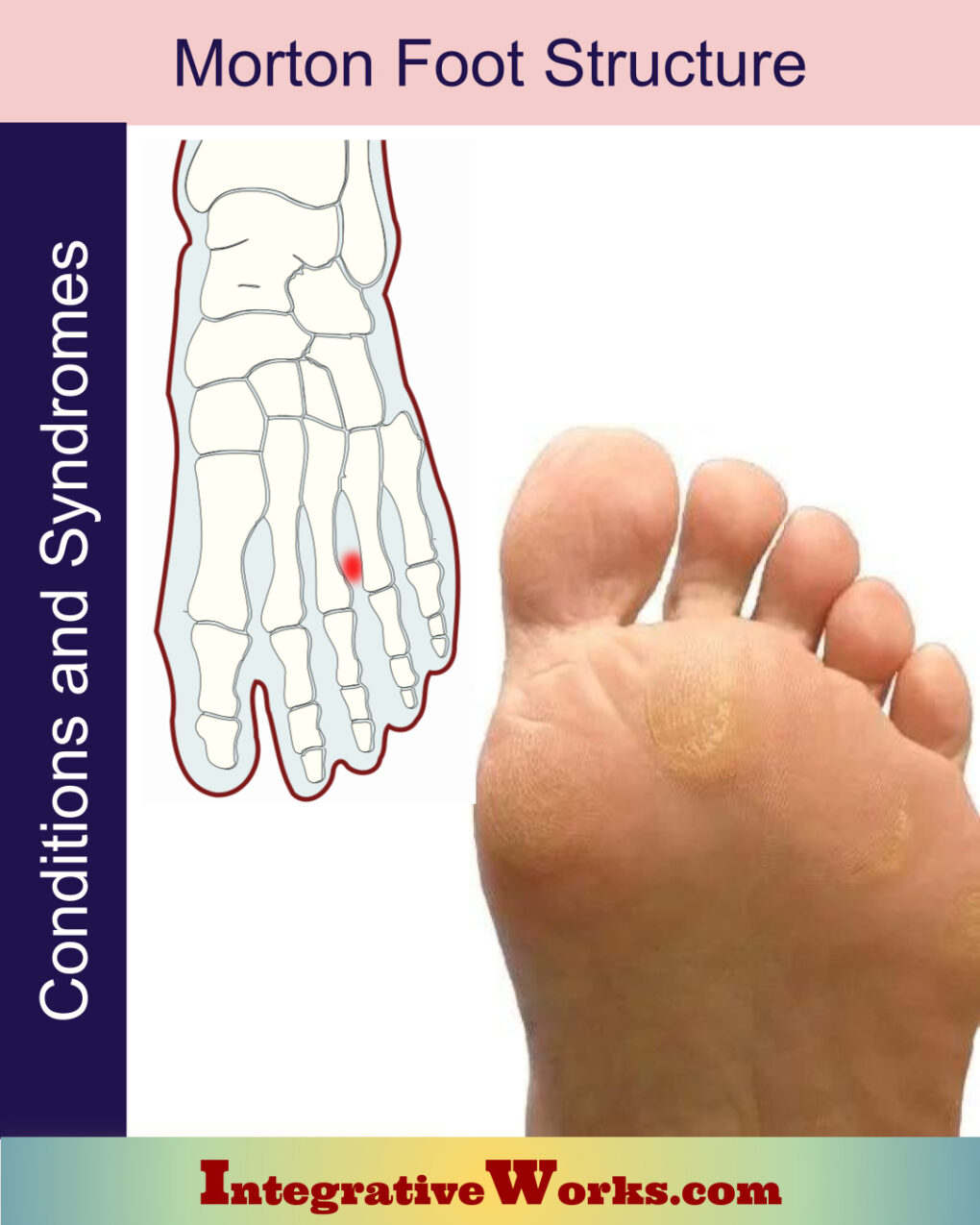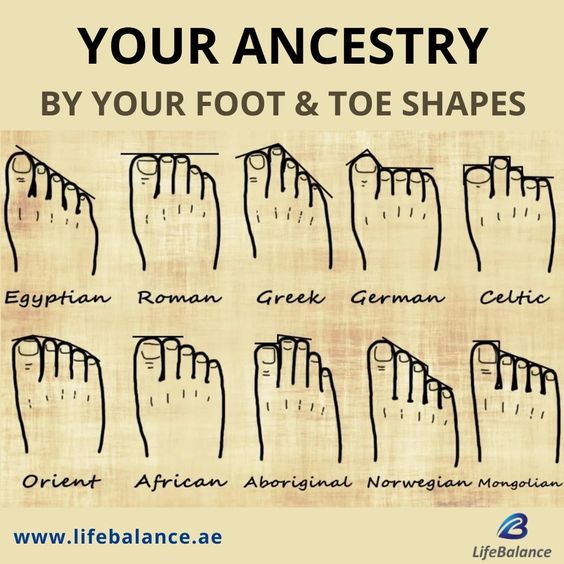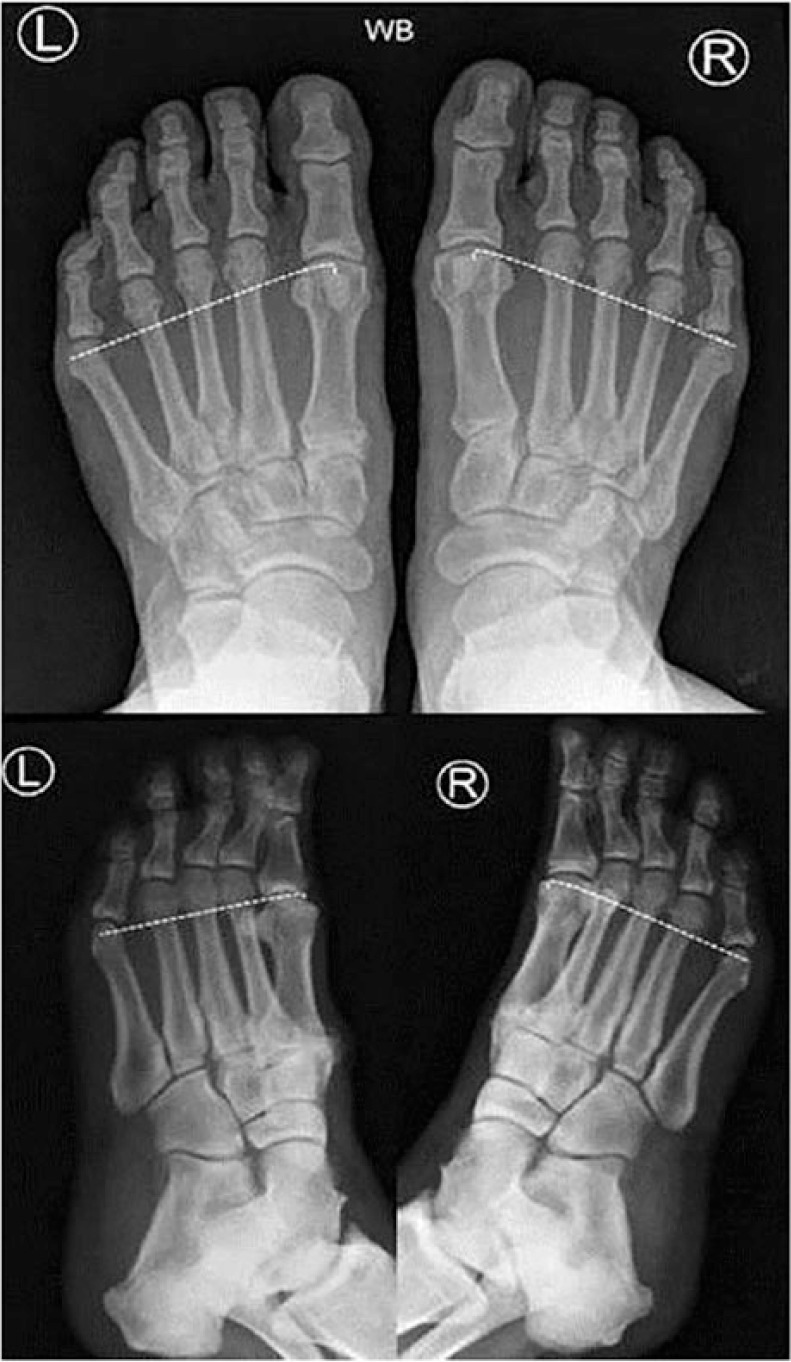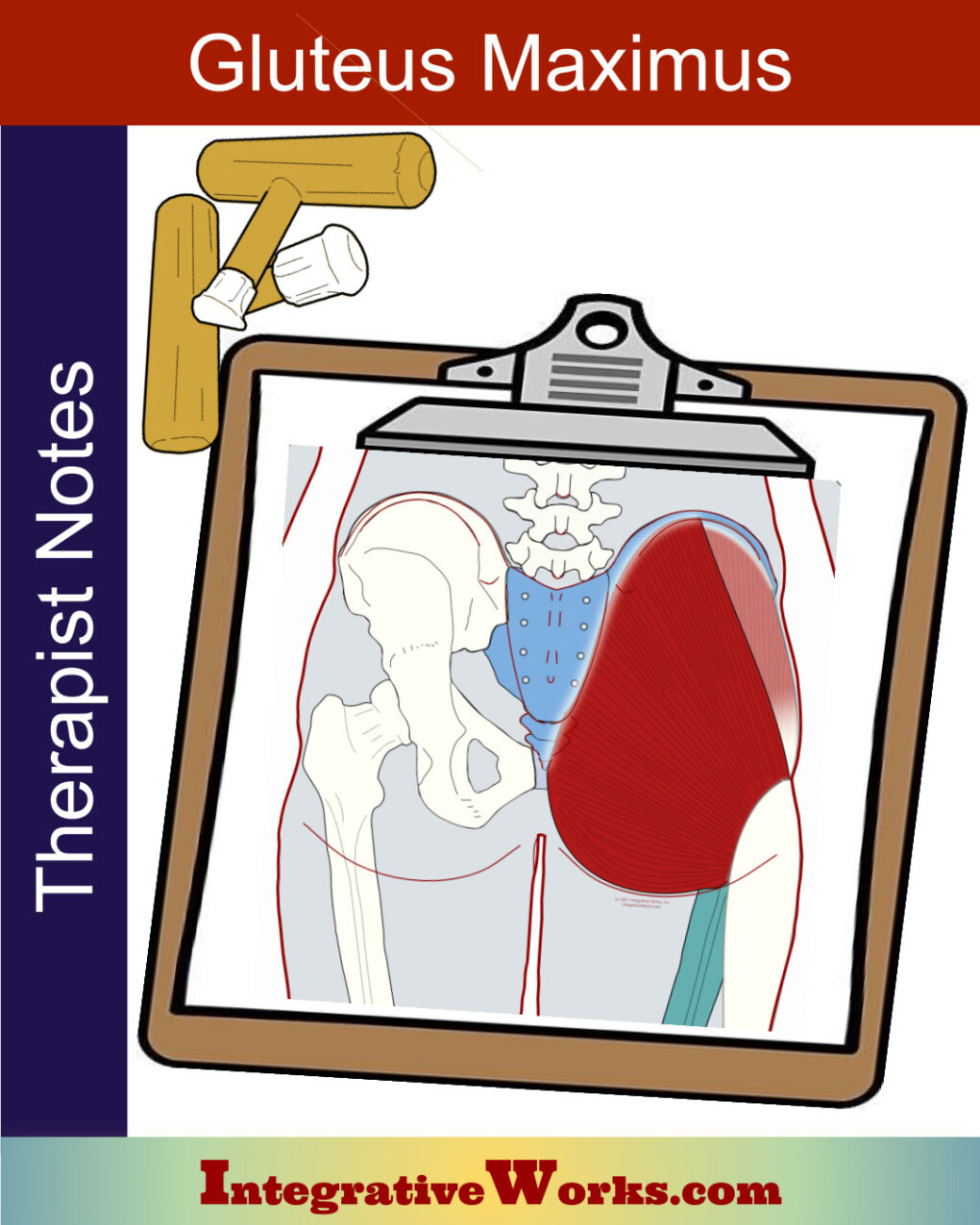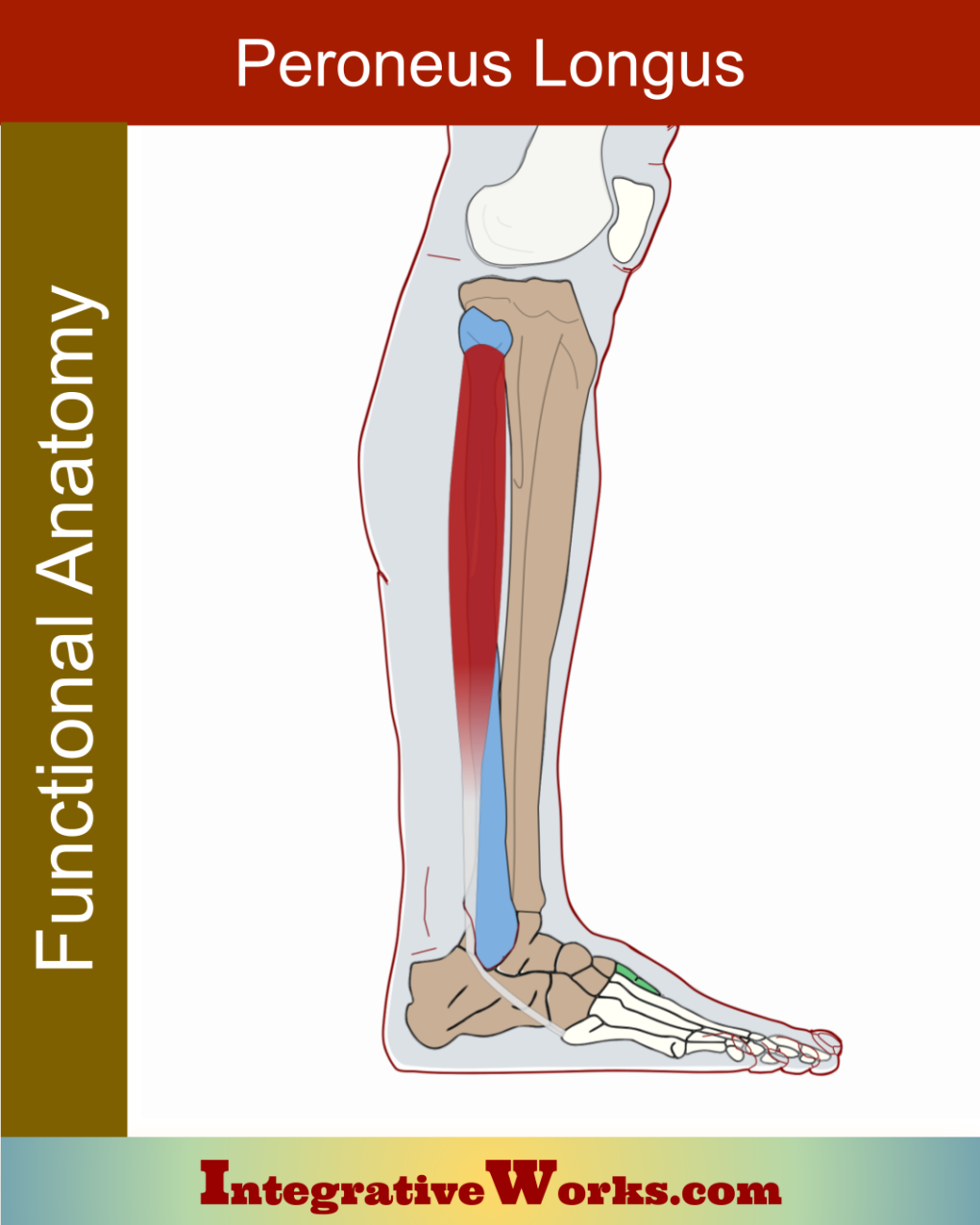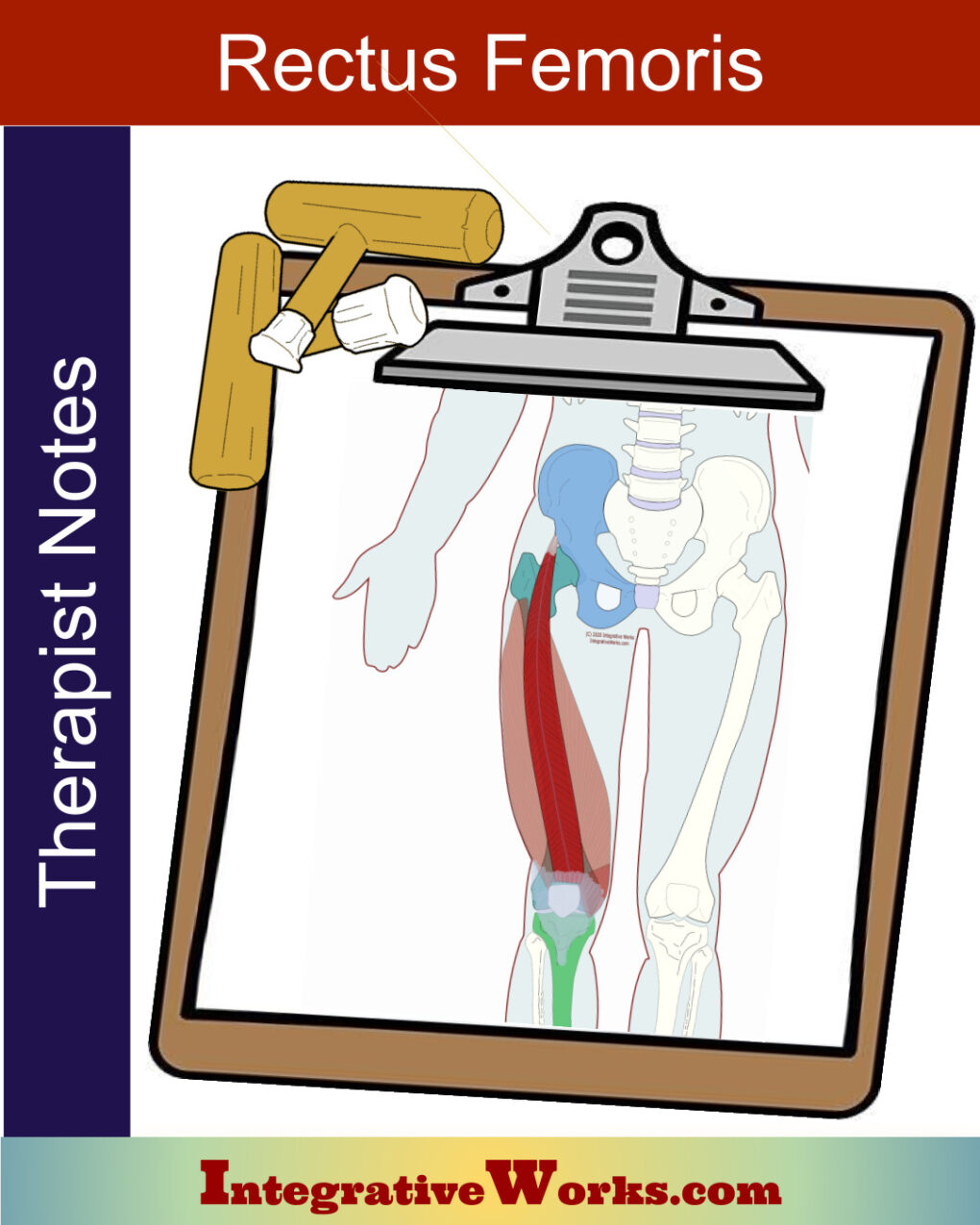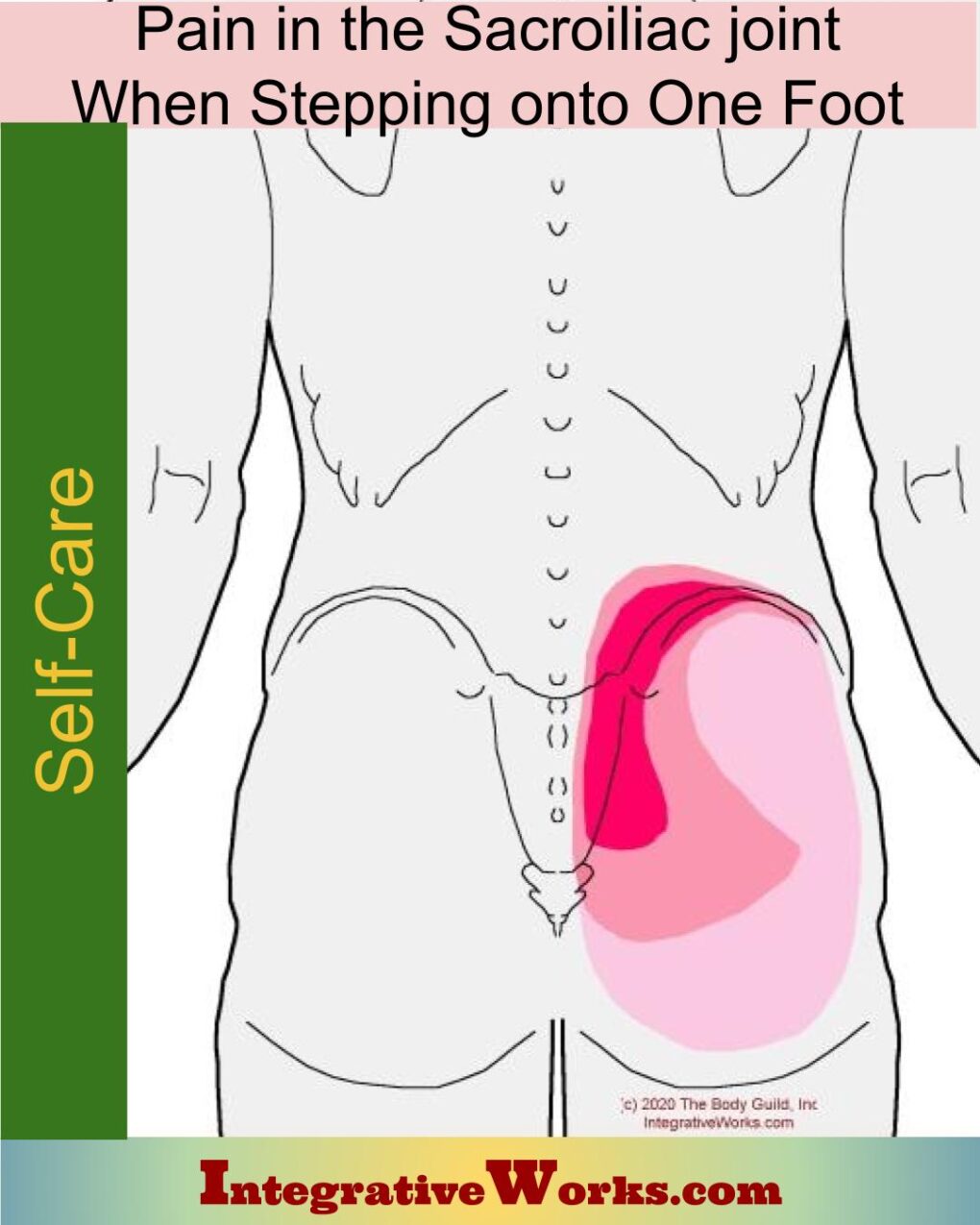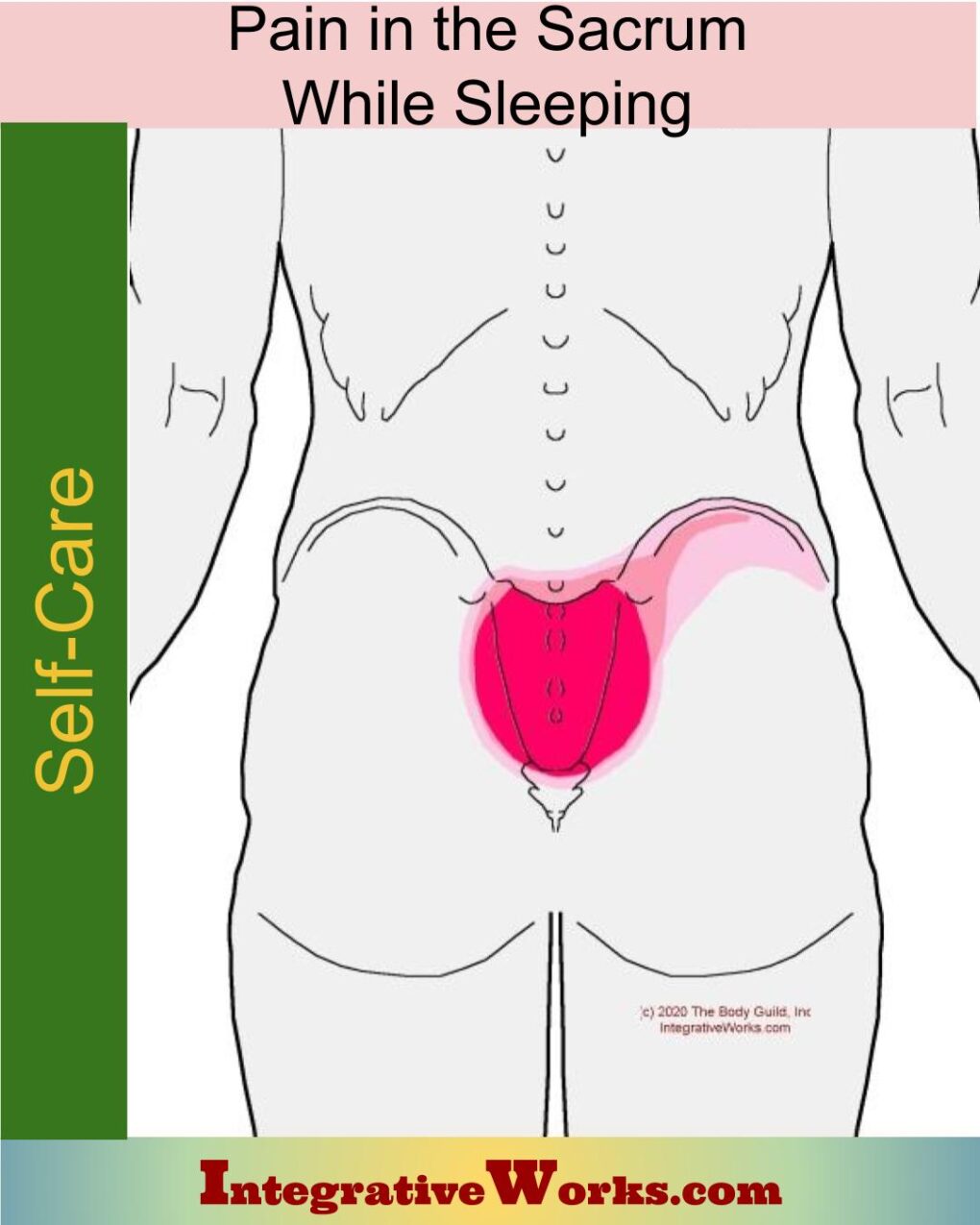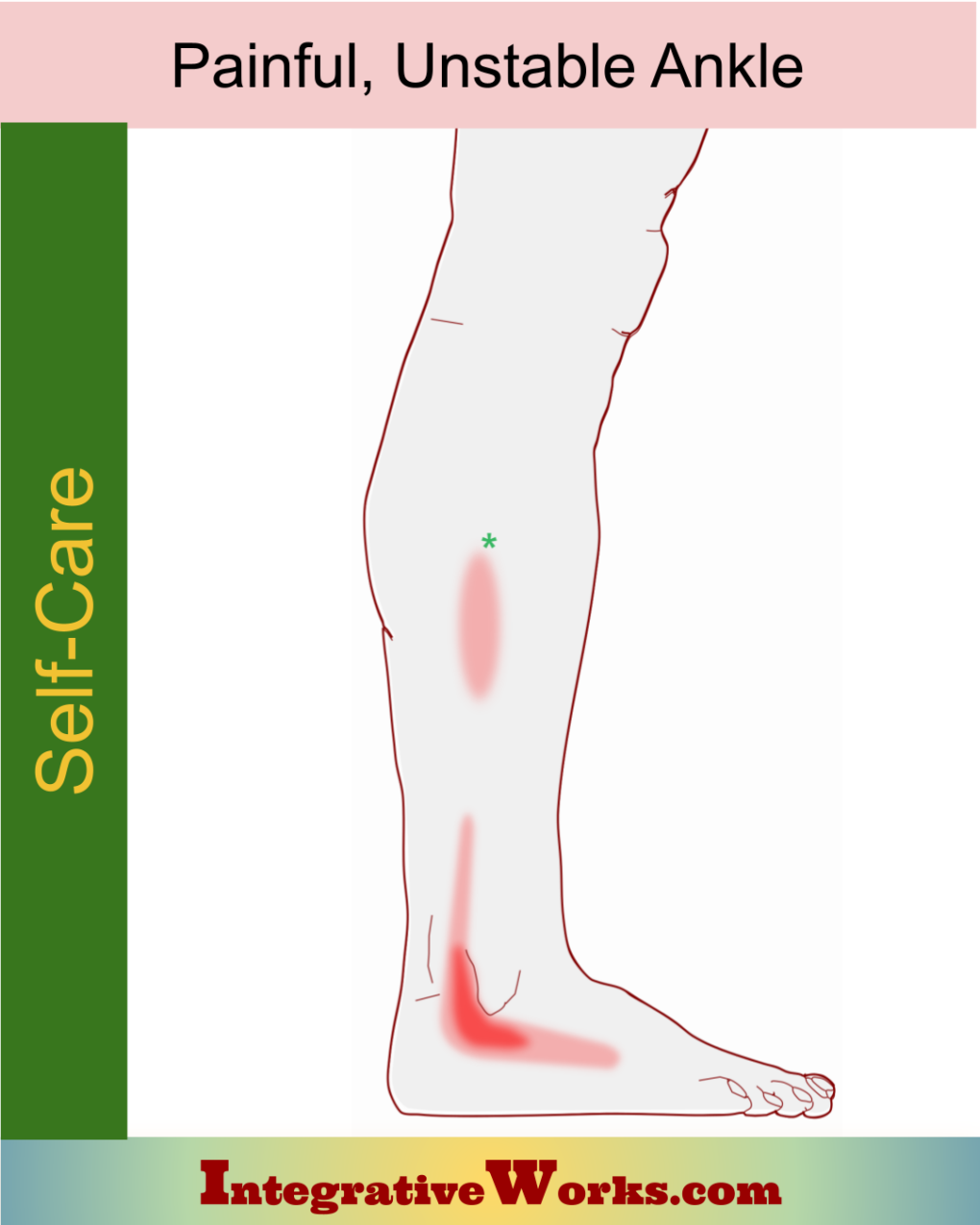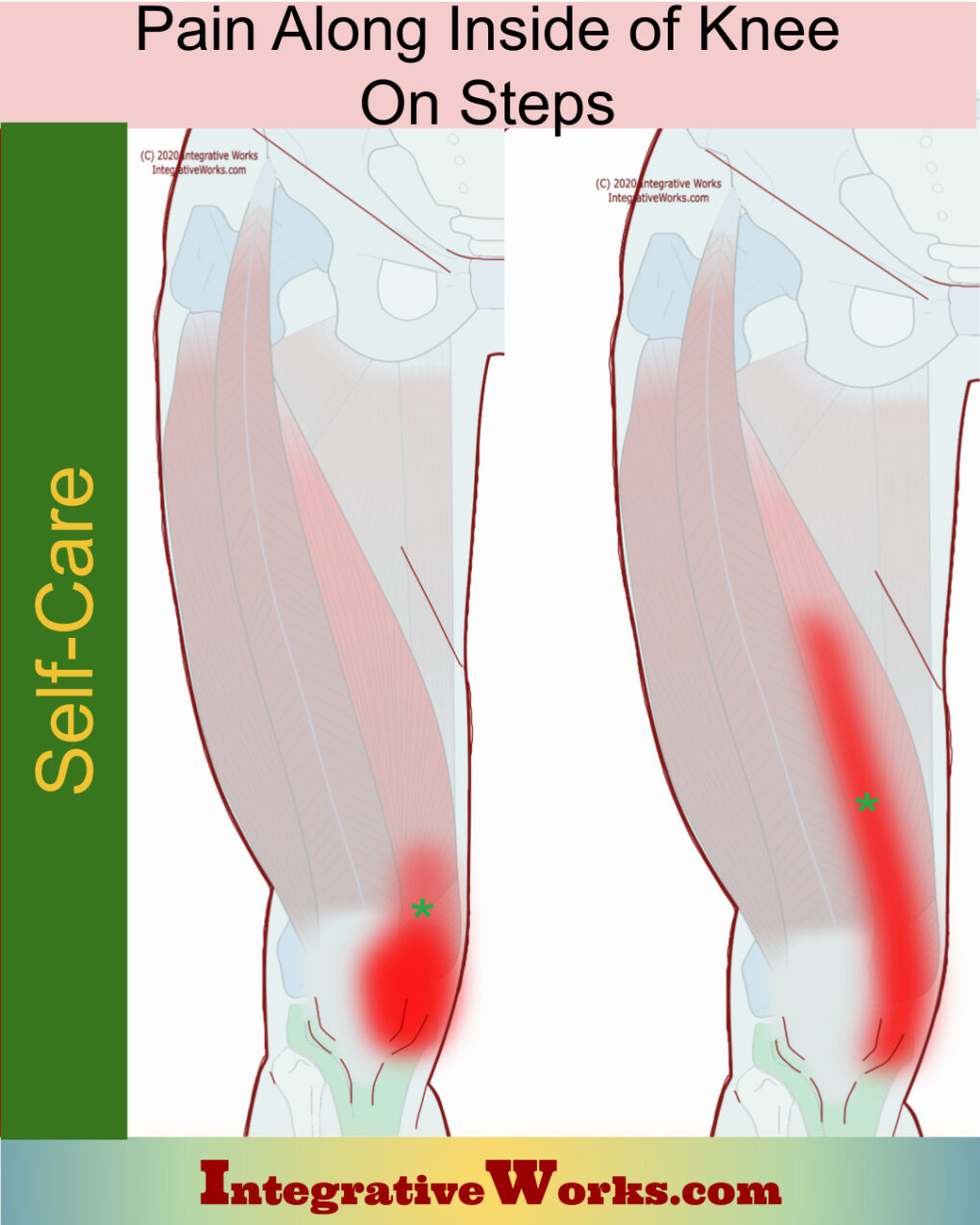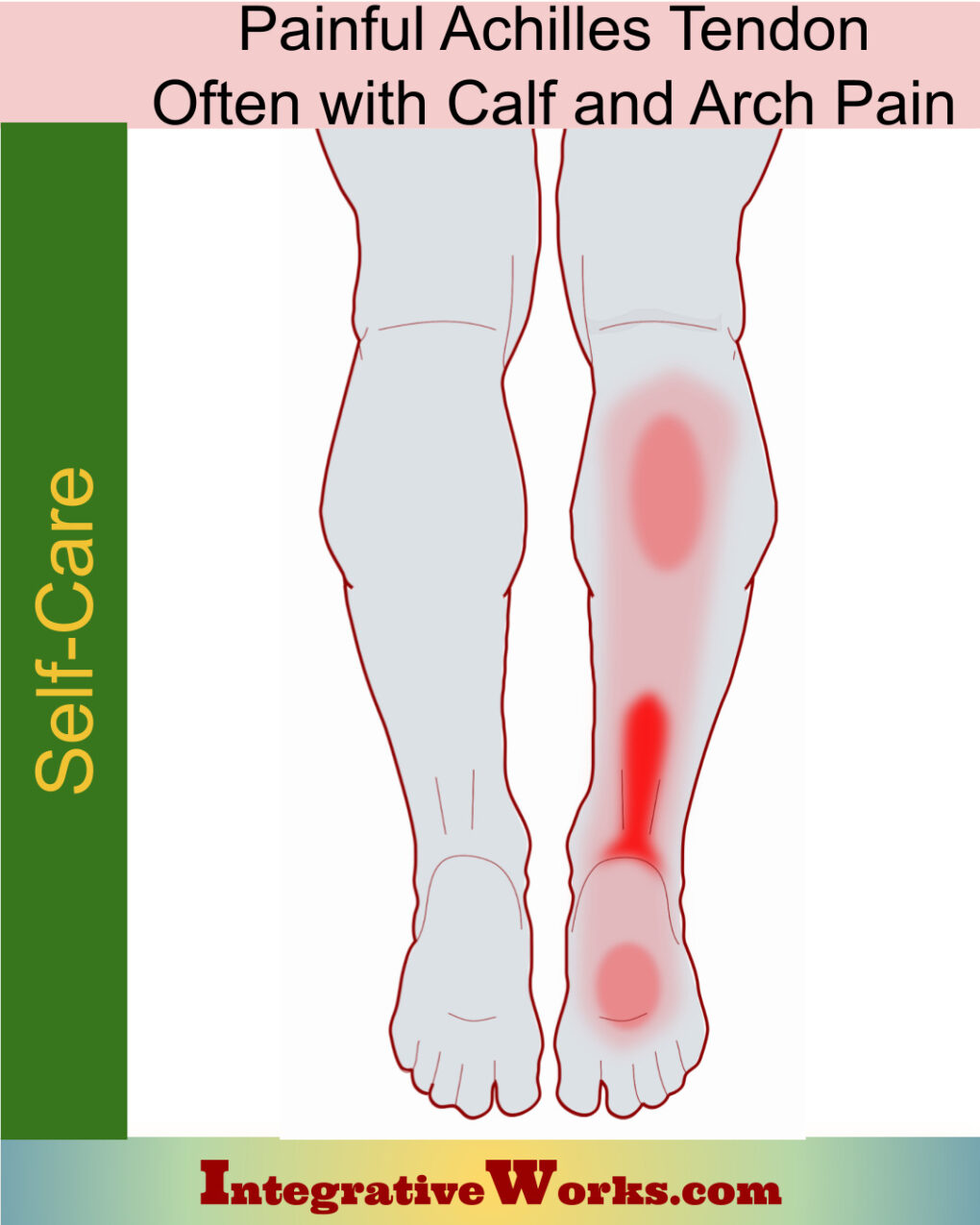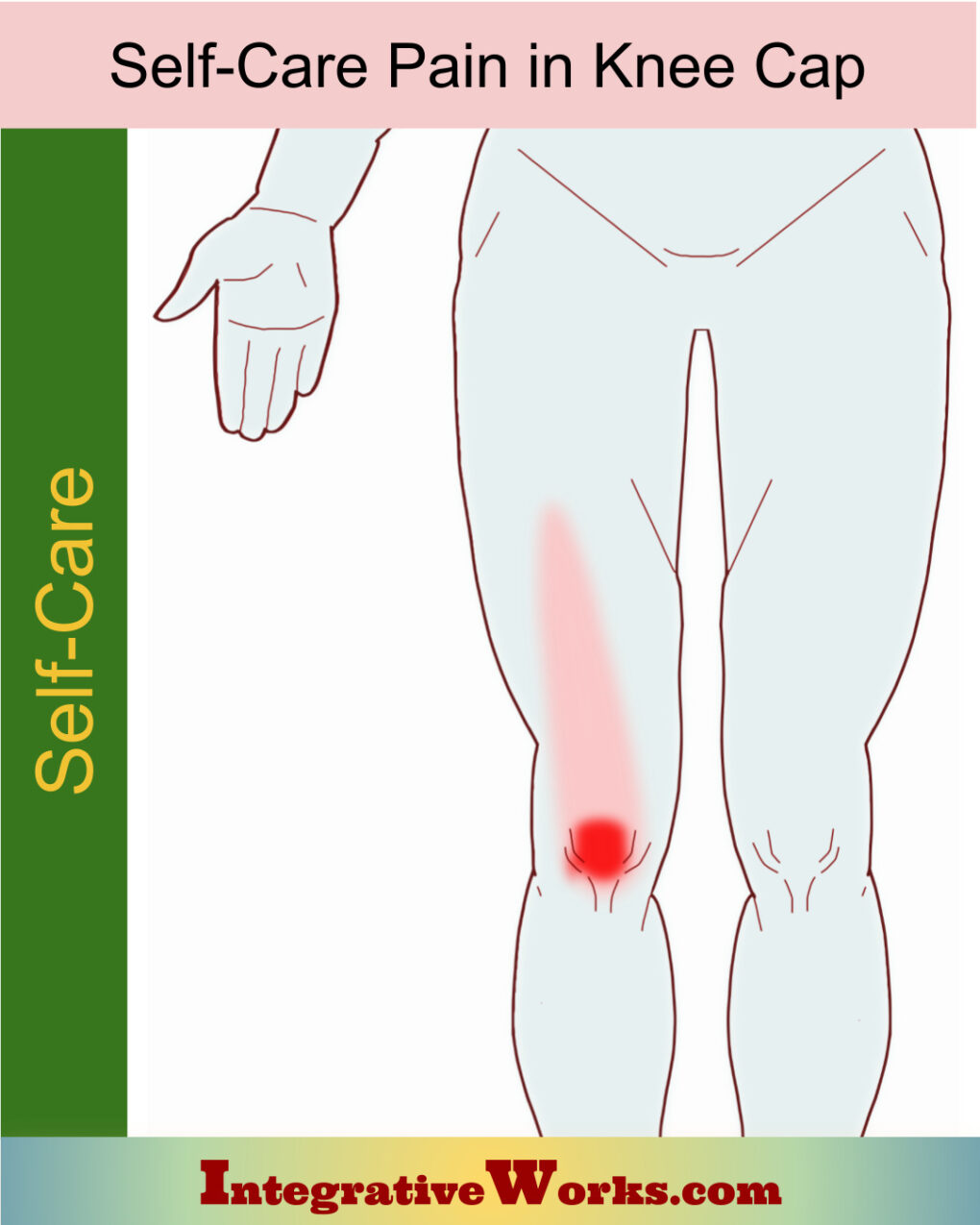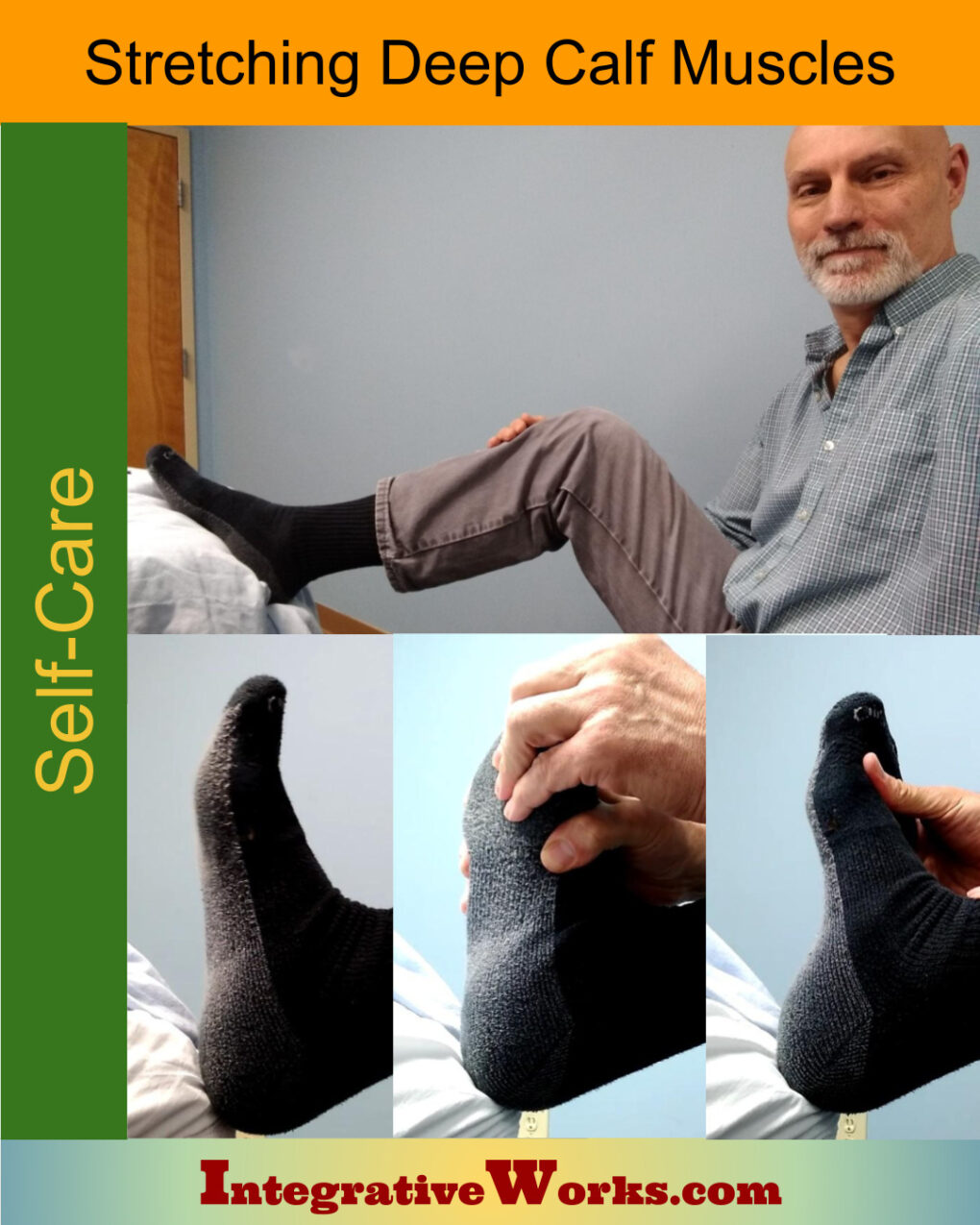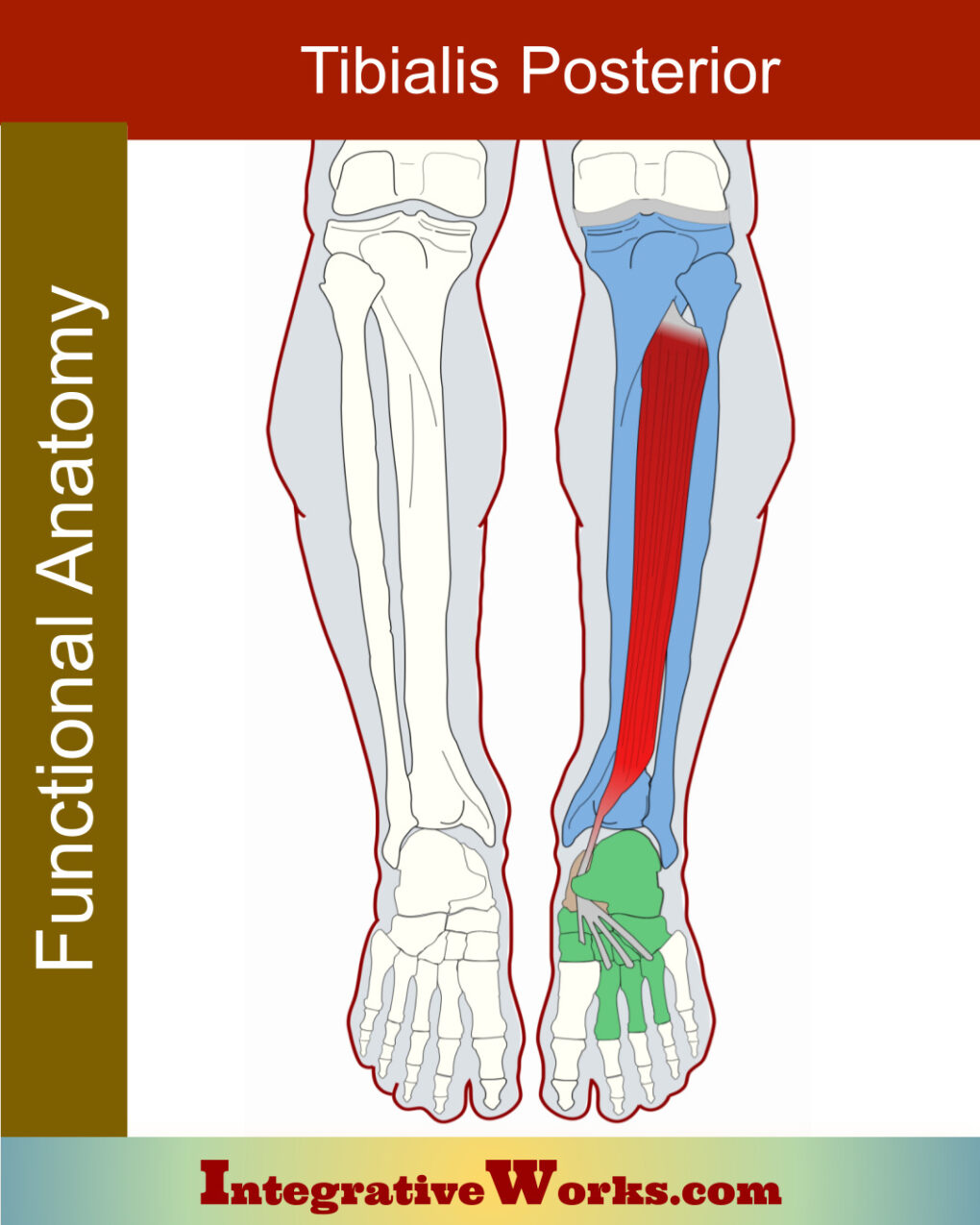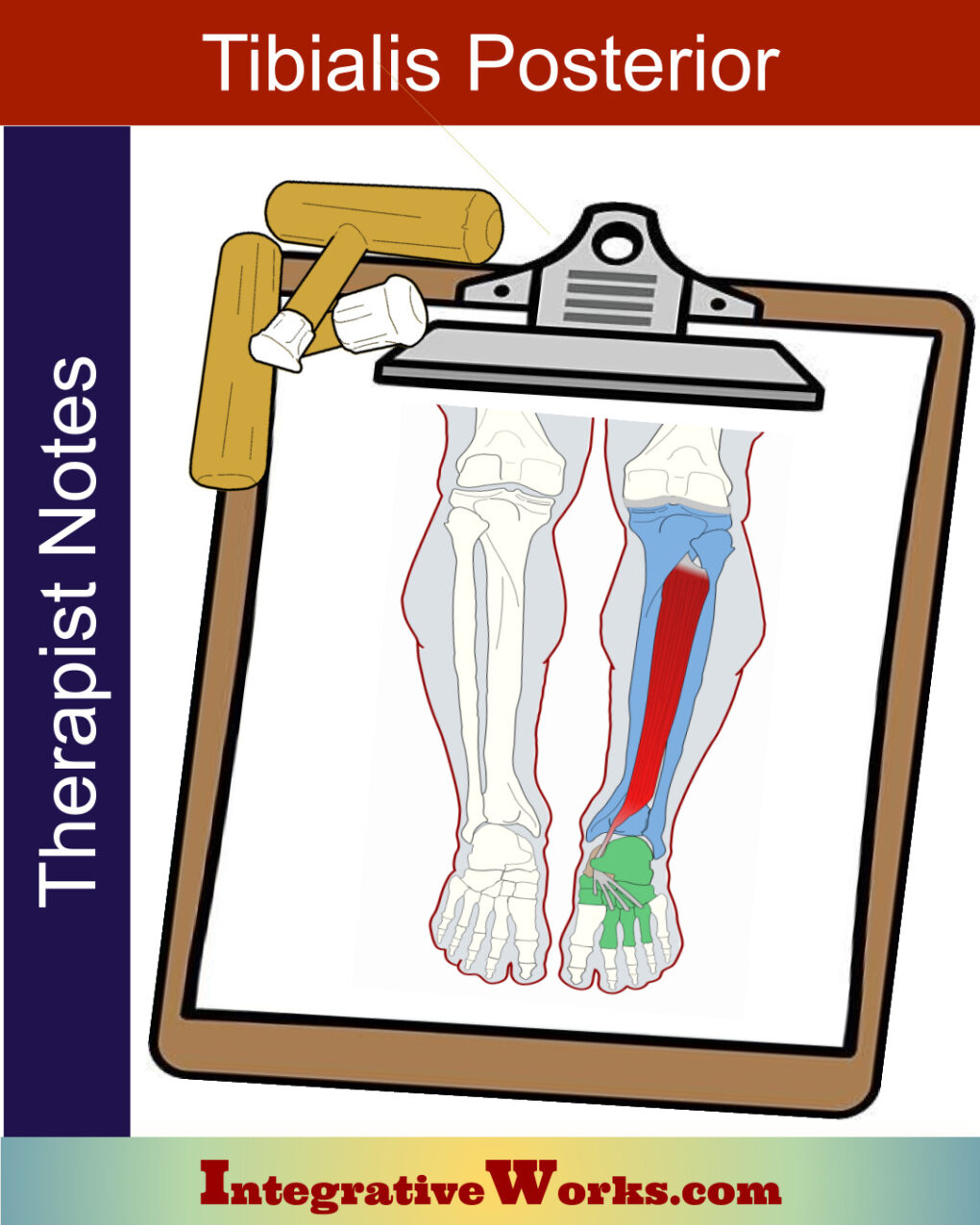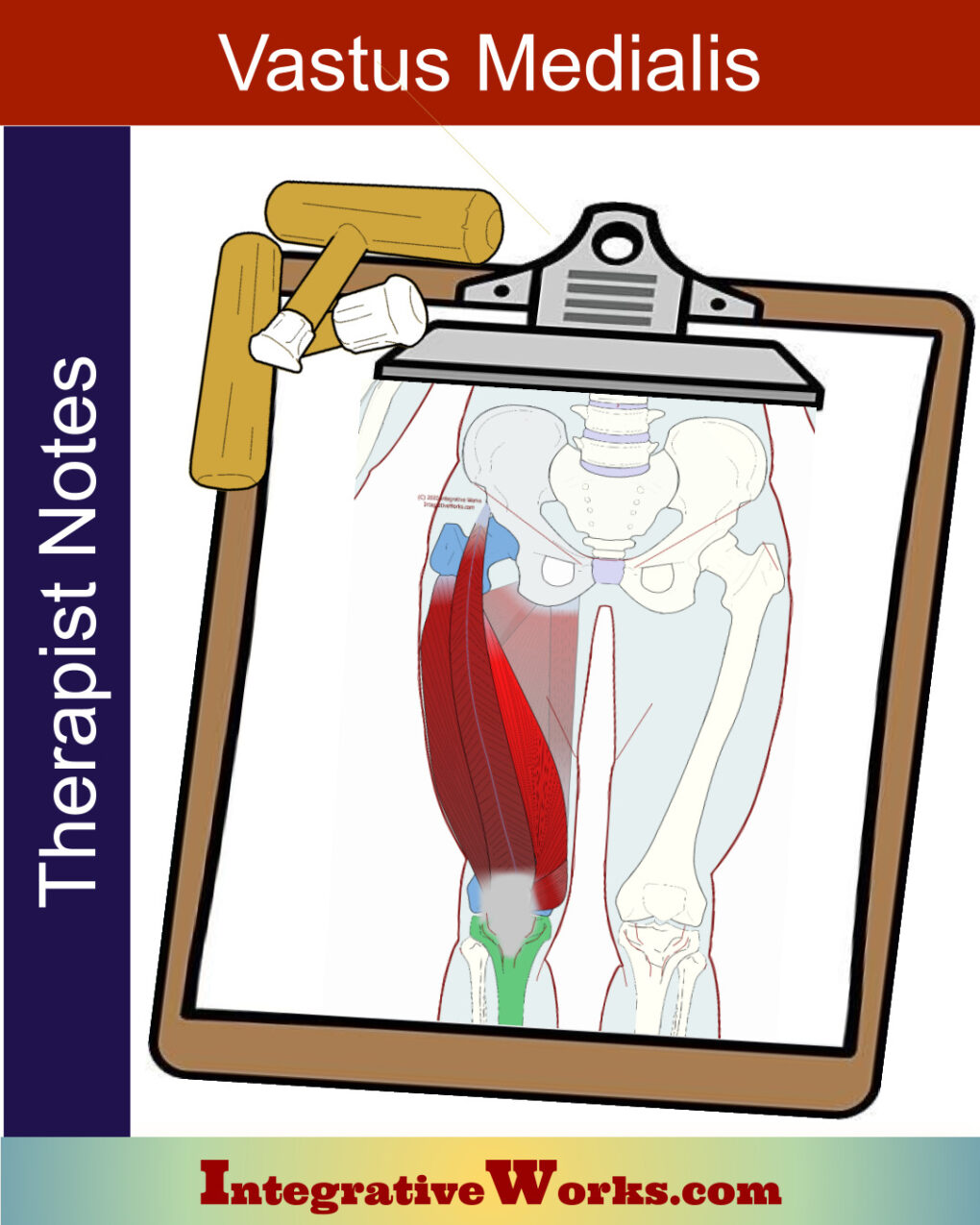An Overview
Morton’s foot structure is based on differences in the bone structure of the feet. At a point, it creates pain patterns in the foot. Additionally, it can create imbalances in gait that perpetuate trigger points and pain patterns in the leg and hip. This is a brief overview.
Toes Are Not Created Equally
Relative length in toes is, well, based on our relatives. Many sites related to podiatry, shoes, reflexology, and ethnicity illustrate this. In addition, they explore the differences in foot structure and toe length based on your ancestry.
Morton’s Foot structure, or “Greek Foot” typically has a second toe that is longer than the Big Toe.
The Science – More than Meets the Eye
Many studies like this one from the National Institutes for Health explore the details of Morton’s Foot Structure. This other study has a case history of how massage reduced pain.
Metatarsals are the long bones inside your foot that extend from the bones around the heel to the base of the toe. In these photos, you can see that this structure is really about the second metatarsal length, not the second toe’s length.
In these cases, you can see that the space between the 1st and 2nd toe is deeper, even though the second toe is not longer.
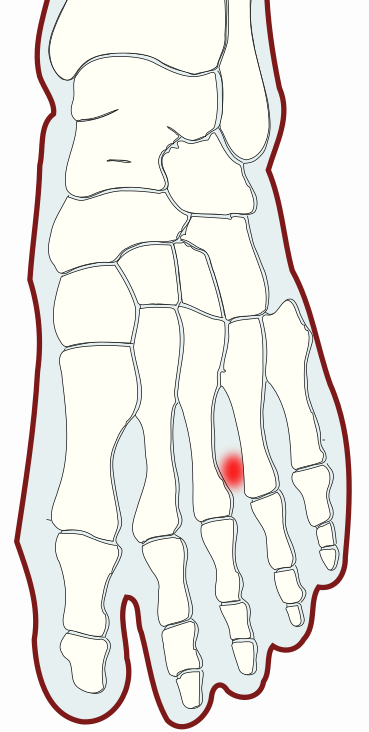
The Common Complaint
Irritation of the nerve between the 3rd and 4th metatarsal is commonly known as Morton’s Neuroma.
My experience with this has varied in symptoms and results. I’ve seen patients with some itching sensations that respond well to bodywork. I’ve seen patients who get quick results with a splint. Others have struggled with unsuccessful approaches for years. Some have had injections to quiet the nerve directly. For some people, this can lead to surgery. Results vary dramatically.
This study explores how relevant the metatarsalgia is to the bone structure of the metatarsals. It also explores non-surgical and surgical options for treatment. Finally, this study talks about the probabilities.
Morton’s Pain, Callouses and
Trigger Points in the Foot
Motton’s Foot structure creates a set of callouses on the bottom of the foot. They can help you verify the condition.
The callouses vary a little bit. However, like in this photo, they are common along
- the medial aspect of the 1st toe
- the medial aspect of the ball of the foot (head of the 1st metatarsal)
- along the head of the 2nd metatarsal
- along the distal end of the lesser toes.
These callouses help determine if the foot pain is related to this foot structure. Additionally, toe length, as we saw in the previous section, isn’t the best means of assessment. However, lifting the toes and checking the heads of the metatarsals at the base of the toe is reliable.
Intrinsic foot muscles produce similar pain patterns between the metatarsals. Consequently, I’ve gotten relief for many patients with pain between the 3rd and 4th metatarsal by working the joints and muscles of the foot.
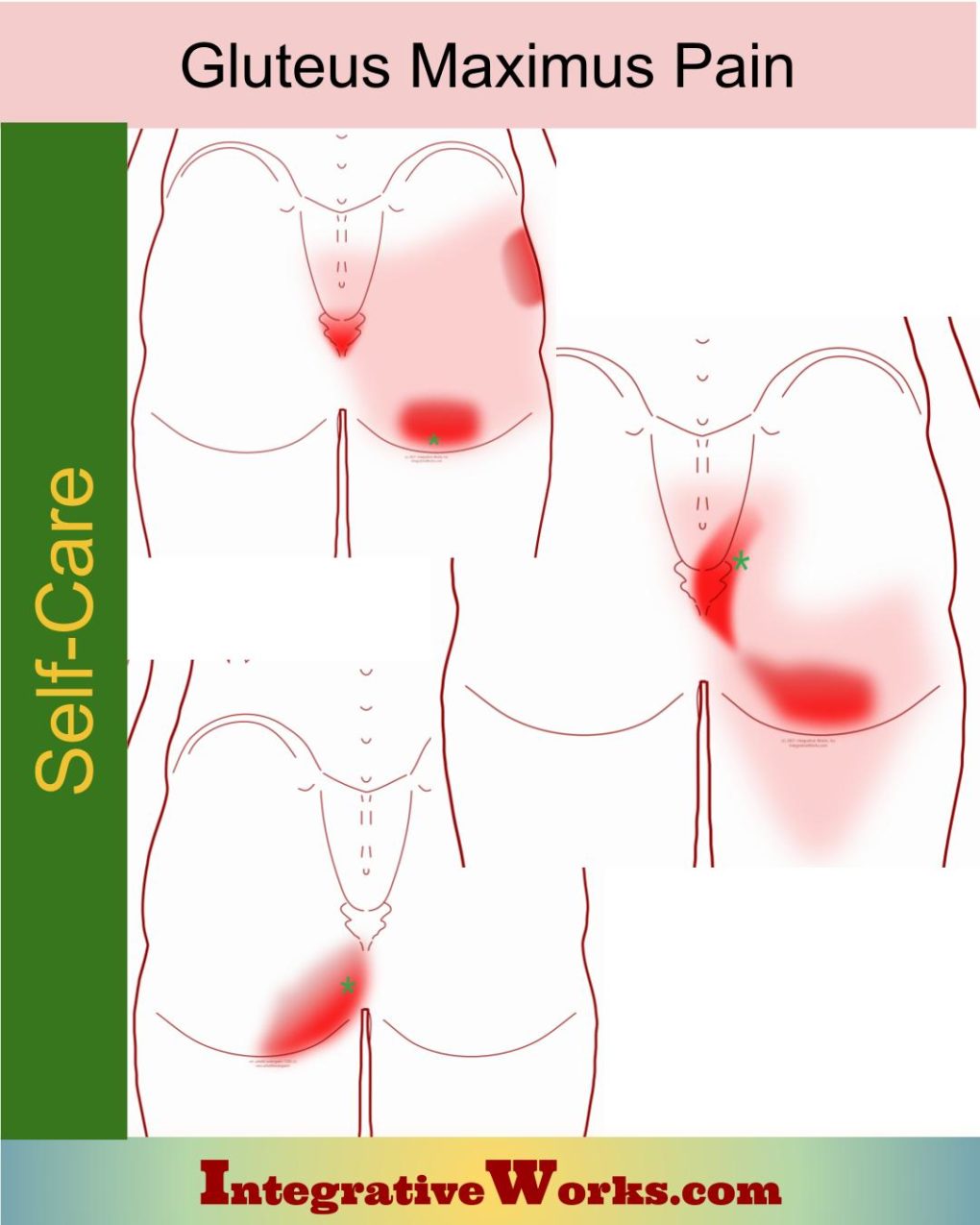
Resulting Trigger Points in the Leg andHip
Much has been written about how this structure perpetuates trigger points in the leg and hip. Travell wrote a notable section in her Trigger Point Manuals on the resulting problems in gait. The grid below has a list of the related posts on my blog.
In summary, the research shows that the foot rocks as the base of the second toe strikes the floor before the base of the first toe. This instability often perpetuates several problems from callouses to hip and knee pain.
Feet First
Briefly, let me say that I’ve successfully treated many hip problems by working on their feet. Some of those cases were related to Morton’s Foot Structure, and some were not. The proprioceptors in the joints of the feet provide feedback that changes trigger points activity in the hip. To be more specific, I can test the range of motion in the hips and see that it improves after working on the feet.
In addition, those cases often had an ongoing problem. Many times, there were existing hip and leg problems that lingered. This opened the door for foot-related issues to aggravate and perpetuate those hip and leg problems.
Fending off Problems Related to Morton’s foot structure
This structure can lead to lasting problems that create expensive and tedious treatments. My father had this foot structure. He spent lots of time and money working callouses, getting special shoes, the podiatrist, and, eventually, surgery.
Here are a few things you can do to stay out of the woods on this:
Massage helps
Get regular foot massages. This does a lot to keep those foot joints from becoming fixated. In turn, this keeps the muscles working.

Foot Pads Stabilize Your Stride
There are many splints available on Amazon and at your local drugstore. Not every splint/pad works for every foot. So, don’t be discouraged if the first one doesn’t work. Instead, try quite a few before you go to something more expensive. Pads like this are inexpensive and get great reviews.
Exercise Those Foot Muscles
Get out of your shoes. Feet are made to get diverse input, so joints stay mobile, and stabilizers develop. Unfortunately, many people develop stiff, problematic feet because they support them too much. Think about it. Would you expect your back to get stronger and more flexible if you wore a brace all the time? At least find shoes that allow your feet to be more mobile and seek some uneven ground.
Shoes and Stability
Often, foot, ankle, and low-leg problems continue because your shoes are improperly tied. This solution is called “runner’s loop” or “heel lock.” It uses those extra eyelets in athletic footwear to stabilize your foot in the shoe.
Check out this video. I’ve used this technique for years, and it really works. The foot feels more solidly secured in the shoe with less pressure on the instep.
Alas, if your shoes are worn, replace them. Many hip, knee, ankle, and foot problems continue to be aggravated by shoes that are loose or have worn soles.
Related Posts
Gluteus Maximus – Massage Therapy Notes
Gluteus Medius – Massage Therapy Notes
Peroneus Longus – Functional Anatomy
Peroneus Longus – Massage Therapy Notes
Rectus Femoris – Massage Notes
Self Care – Hip Pain when Stepping onto One Foot
Self Care – Pain in the Sacrum or Crest of the Hip While Sleeping
Self Care – Painful, Unstable Ankle
Self-Care – Pain Along Inside of Knee on Steps
Self-Care – Gluteus Maximus
Self-Care – Pain in Achilles Tendon, Maybe Calf & Arch
Self-Care – Pain in Knee Cap
Stretching the Deep Calf Muscles
Tibialis Posterior – Functional Anatomy
Tibialis Posterior- Massage Therapy Notes
Vastus Medialis – Massage Therapy Notes
Support Integrative Works to
stay independent
and produce great content.
You can subscribe to our community on Patreon. You will get links to free content and access to exclusive content not seen on this site. In addition, we will be posting anatomy illustrations, treatment notes, and sections from our manuals not found on this site. Thank you so much for being so supportive.
Cranio Cradle Cup
This mug has classic, colorful illustrations of the craniosacral system and vault hold #3. It makes a great gift and conversation piece.
Tony Preston has a practice in Atlanta, Georgia, where he sees clients. He has written materials and instructed classes since the mid-90s. This includes anatomy, trigger points, cranial, and neuromuscular.
Question? Comment? Typo?
integrativeworks@gmail.com
Follow us on Instagram

*This site is undergoing significant changes. We are reformatting and expanding the posts to make them easier to read. The result will also be more accessible and include more patterns with better self-care. Meanwhile, there may be formatting, content presentation, and readability inconsistencies. Until we get older posts updated, please excuse our mess.

